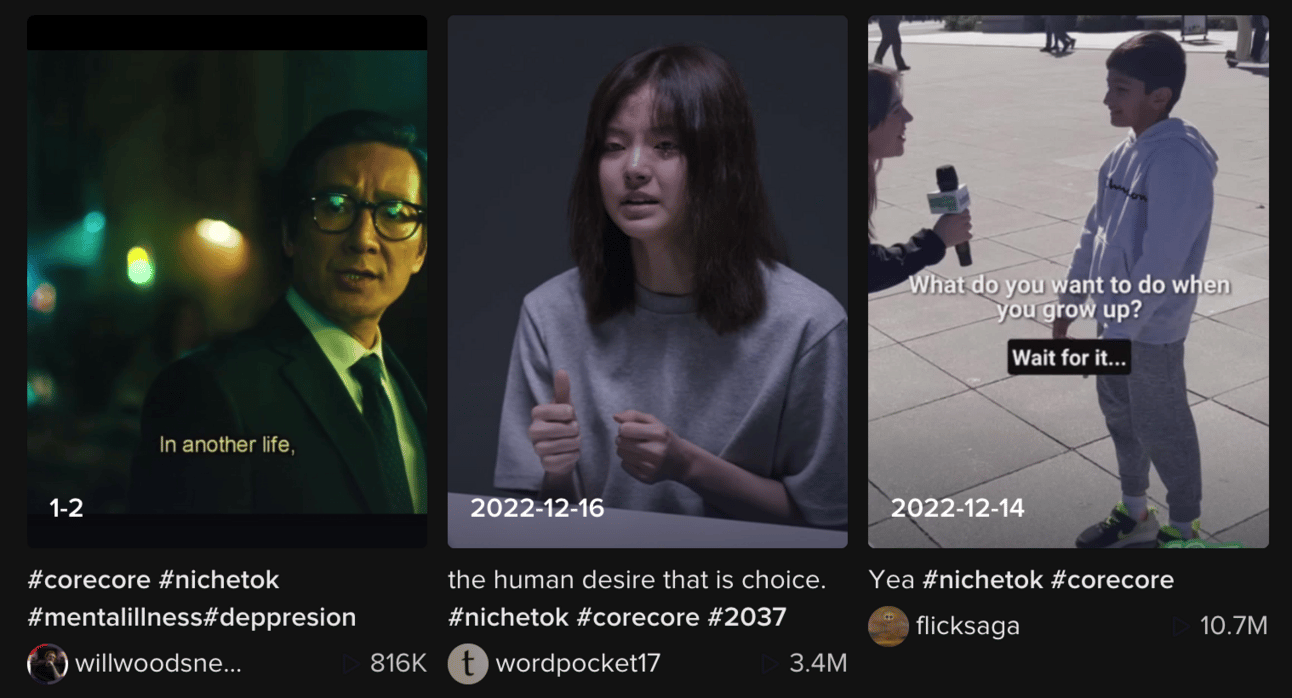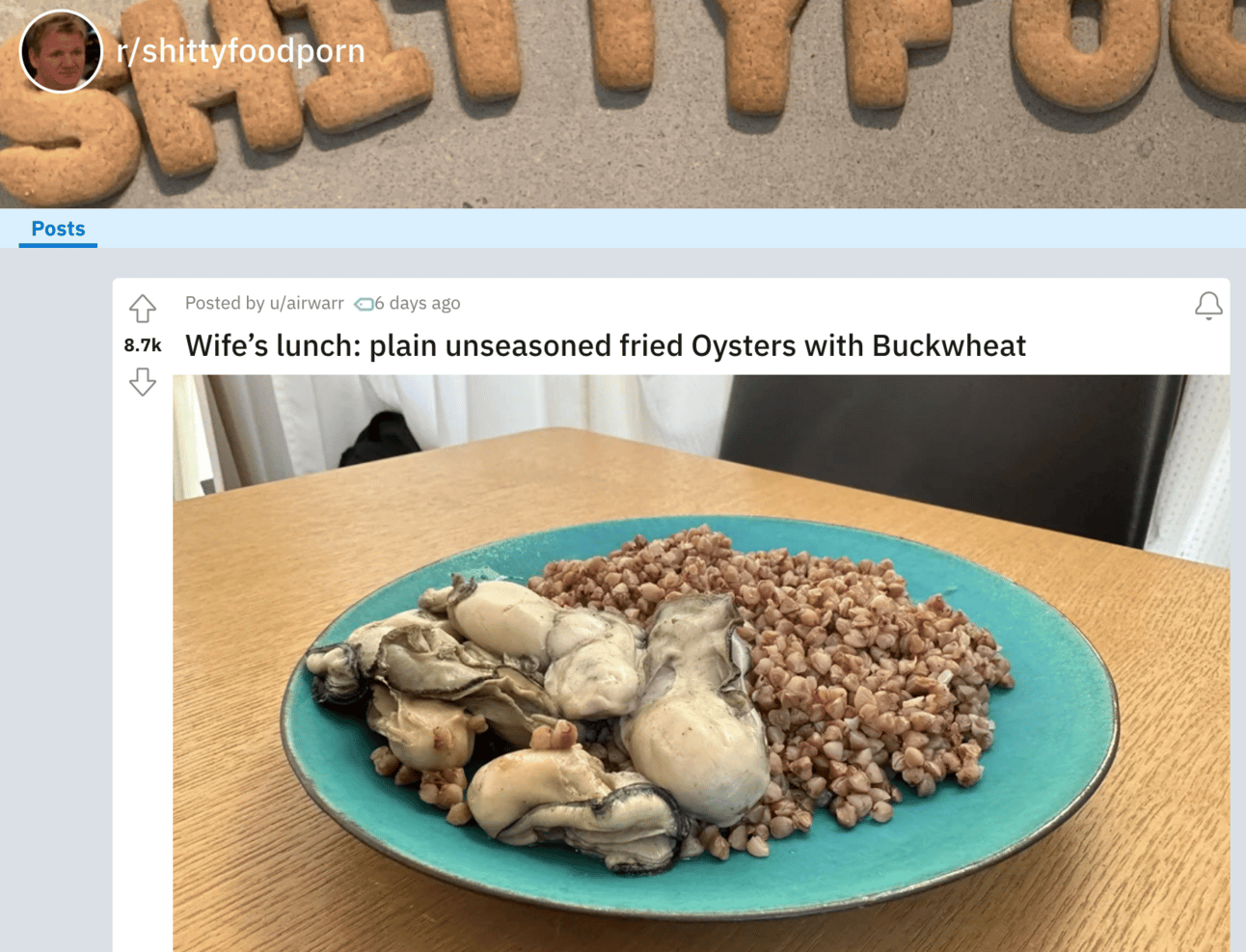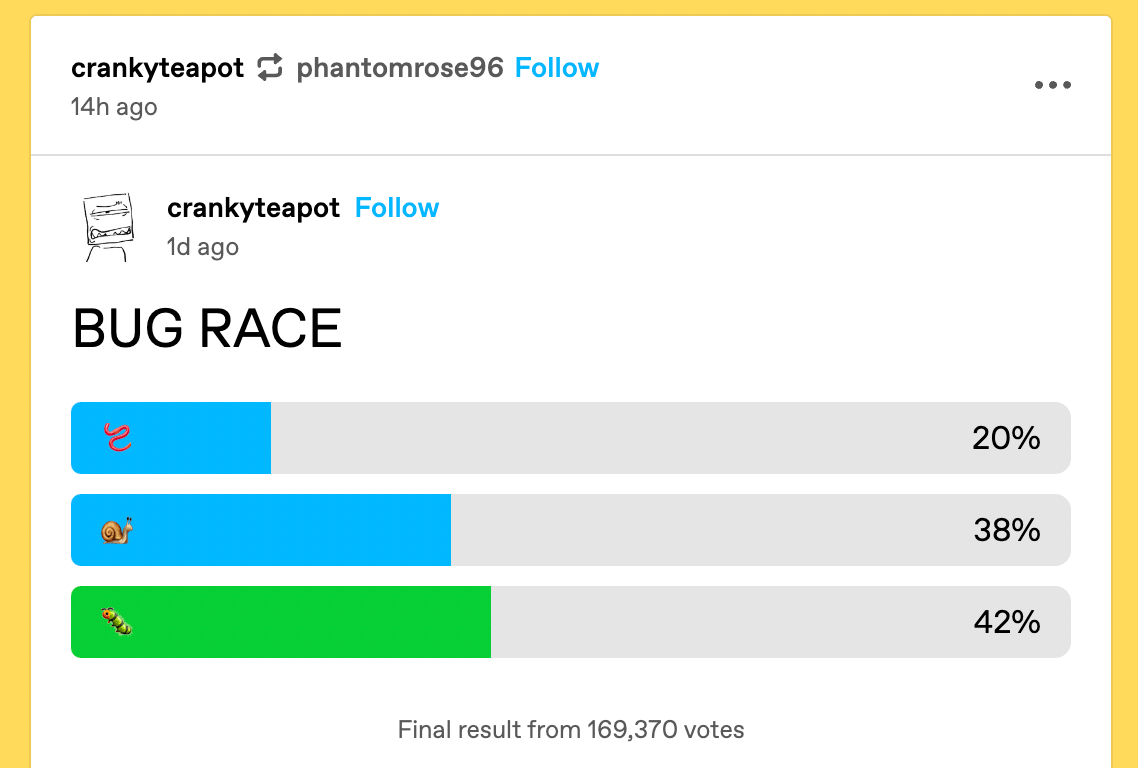Defining “#corecore”

Chances are you’ve seen a few explainers going around about “#corecore,” a sorta-new TikTok sorta-aesthetic. NBC News’ Kalhan Rosenblatt defined it recently as “images and video from various mediums — such as memes, headlines, movie and television clips” set to “emotional, rousing musical scores.”
Blogger Kieran Press-Reynolds, one of the first people to identify the trend, recently in an interview with Mashable described #corecore videos as “meme-poems”. While Know Your Meme was a bit harsher: “The aesthetic predominantly manifests into stylized video edits and meme compilations of glitzy, moldy and deep-fried shitpost videos akin to schizoposting and Gen Z signifiers.” If you’re still having a tough time getting what this even is, you can click here and watch a bunch.
While I’m already comfortable calling #corecore a cultural blip we’re all going to forget about in approximately three weeks, I do think it reflects a larger maturity happening with video platforms — not necessarily an emotional maturity, but a development in how people understand editing video.
At the start of Web 2.0, platforms like Imgur, Tumblr, StumbleUpon, and Reddit started filling up with not just images, but ways to sort those images. This was a big departure from the way image-sharing sites like Photobucket or Flickr — or MySpace and Facebook — operated up until that point. Photobucket and Flickr let you put images in public albums and people could comment and there was some simple tagging options. MySpace and early Facebook were more about sharing more personal photos, like a big dump of images from a party the night before. There wasn’t much meta-conversation about the images we were sharing. Some were shot on nice cameras by professionals and some were blurry photos of me playing Edward Fortyhands in the basement of a Nassau County punk house.
When users started sharing photos with each other on more sophisticated social platforms, other users began organizing not just the kinds of photos that were being posted, but also how those photos made us feel. This is how Reddit settled on its SFW porn subreddit system, with subreddits like r/HumanPorn and r/EarthPorn. And it’s how Tumblr users started creating early internet aesthetics like soft grunge. And we still use that system. It’s ballooned out into different kinds of aesthetics and complex labels for specific kinds of meme images.
Meanwhile, the world of video has felt a bit more limited in terms of taxonomy. Internet users have gotten more sophisticated about understanding certain video formats and labeling certain emotions related to video, but it pales in comparison to how much the internet has completely rewritten how we think about static images. Well, up until TikTok, that is.
I’ve said it before and I’ll say it again, TikTok, and it’s precursor Vine, will likely have a greater legacy on the development of digital video than, say, YouTube or Twitch because TikTok and Vine both offered users a way to finally edit video content easily.
TikTok is just a free Adobe Premiere for teenagers that lives on their phones. And it allows them a greater level of understanding about how sound and images work together than any other app probably ever. And that experimentation around video is how we end up with things like #corecore, which are just videos that inexplicably make people feel certain ways. Most #corecore videos I’ve seen feel like A Softer World combined with an Adam Curtis documentary. They’re basically compressed versions of that trend from a few years ago where people would film a second of video every day and make a supercut of their year set to LCD Soundsystem’s “All my Friends”. But because #corecore videos are being created by Gen Z and not millennials, their videos aren’t boring, egotistical snapshots of their actual lives, but, instead, mildly dystopian fragments of the different kinds of media they consume.
I think it’s all pretty cool. None of the videos feel totally serious, but, conversely, they all feel deeply earnest. They’re like recordings from a lost civilization or an A.I. trying to understand what humanity is. Or, perhaps, more accurately, it feels like we’re watching a young generation that came of age amid large-scale sociopolitical upheaval and a world-altering pandemic use digital tools to figure out what it means to be alive. Or, at least, get a bunch of followers.
Click Here To Get The Garbage Day Weekend Edition
It’s like the free Garbage Day, but with more insights and trend forecasting. It drops every Saturday for paying subscribers only. It costs $5 a month or $45 a year and helps keep this newsletter running smoothly. Thank you I love you.
A Good Take On Cats
Paying To Unlock Access To Hitler In Your Historical Figures A.I. Text App
Earlier this week, Ivy Xu, a “location-independent entrepreneur,” posted a thread about how A.I. tools could “change education forever”. Xu does a lot of LinkedIn-style advice threads — “Apes are only the beginning: 7 ways cryptocurrency can help managers build better Notion templates✨” etc. — and she has recently become one of the 10 people Twitter wants me to see every time I open the app. And it seems like I’m not the only one that is seeing her threads all the time.
Her thread went very viral for all the wrong reasons after users started downloading and playing around with one of the apps she mentioned called Historical Figures which uses GPT-3 to create text messages from, well, historical figures. The app was created by an Amazon engineer called Sidhant Chaddha and it is extremely not good. Aside from just not being very accurate, Chaddha’s app also paywalls certain people, such as Adolf Hitler. According to a VICE interview, however, Joseph Goebbels is free to chat with.
People have been sharing screenshots of how bad the chats are. Henry Ford doesn’t know he was a virulent antisemite and John Wilkes Booth doesn’t know that he assassinated Abraham Lincoln. Also, none of the A.I. bots know if their real-life counterparts secretly buried any treasure. Chaddha told VICE the app is still in its early stages.
I honestly have less of a problem with Chaddha building an app like this than I do with the folks on Twitter making breathlessly ridiculous threads praising this stuff. It’s the exact same kind of deranged boosterism that drove the cryptocurrency mania and, frankly, I think is a lot more dangerous long-term.
It also brings me back to a question I can’t stop asking about when it comes to A.I.: “Why do we need to change education forever” with A.I.? Why do we need A.I.? I have seen a lot of neat stuff with A.I., but I have yet to see it do anything I actually need.
It Is Bad This Helped Me Focus More?
I really like My Dinner With André. I watched it in a high school philosophy class and really enjoyed it. (I haven’t watched it since because I’m not a weirdo.) That said, watching a clip from it sandwiched between two looped sensory videos actually helped me focus on the dialogue a lot more.
A Redditor’s Wife Made An Interesting Lunch

This post is causing quite a stir on Reddit and Tumblr at the moment. I went through the original poster’s comments for some more info and I have a few more details about what happened here. The wife makes this semi-regularly. They were “fried” in the sense that they were put on a frying pan “until cooked”. And the wife is European, but she and the OP are in Japan at the moment. All of these details have just created new questions for me.
Alright, let’s see what the comments have to say:
“Wife is living like it’s 1834”
“This is most likely the worst meal I have ever seen”
“I used to think depression in meal form was a kraft single thrown on top of lukewarm elbow macaroni. I was wrong. This is the most depressing assembly of food I have ever seen. This meal is a cry for help. I have seen much uglier and more disgusting on this subreddit, but I have never seen anything sadder than this plate.”
“Is your wife a seal?”
I Made A New YouTube Video
I have a bit of a weird goal for YouTube this year: I want to learn how to vlog without feeling burnt out. I’m someone who likes making stuff on the internet and I want to get to a place where vlogging feels just as natural as blogging. Anyways, we’ll see if this round of video-making sticks. About a year ago, I made a bunch of videos, got throughly burned out by it and quit for a whole year. Here’s hoping this sticks!
Worm Was Crowned The Winner Of The Bug Race

Tumblr has polls now. Naturally, Tumblr users have used the new poll feature to make three bug emojis race. There’s a whole tag for the bug race. “So cool that polls arrived and immediately on day one they ushered in a whimsical playground spectator sport for us all to enjoy together,” Tumblr user duckdotcom wrote.
And there’s already a fish race happening now.
This Snail On TikTok Has A Burberry Sponsorship
I saw this on Twitter this week and I gotta say I’m proud of him for securing that bag.
Some Stray Links
P.S. here’s pop!
***Any typos in this email are on purpose actually***